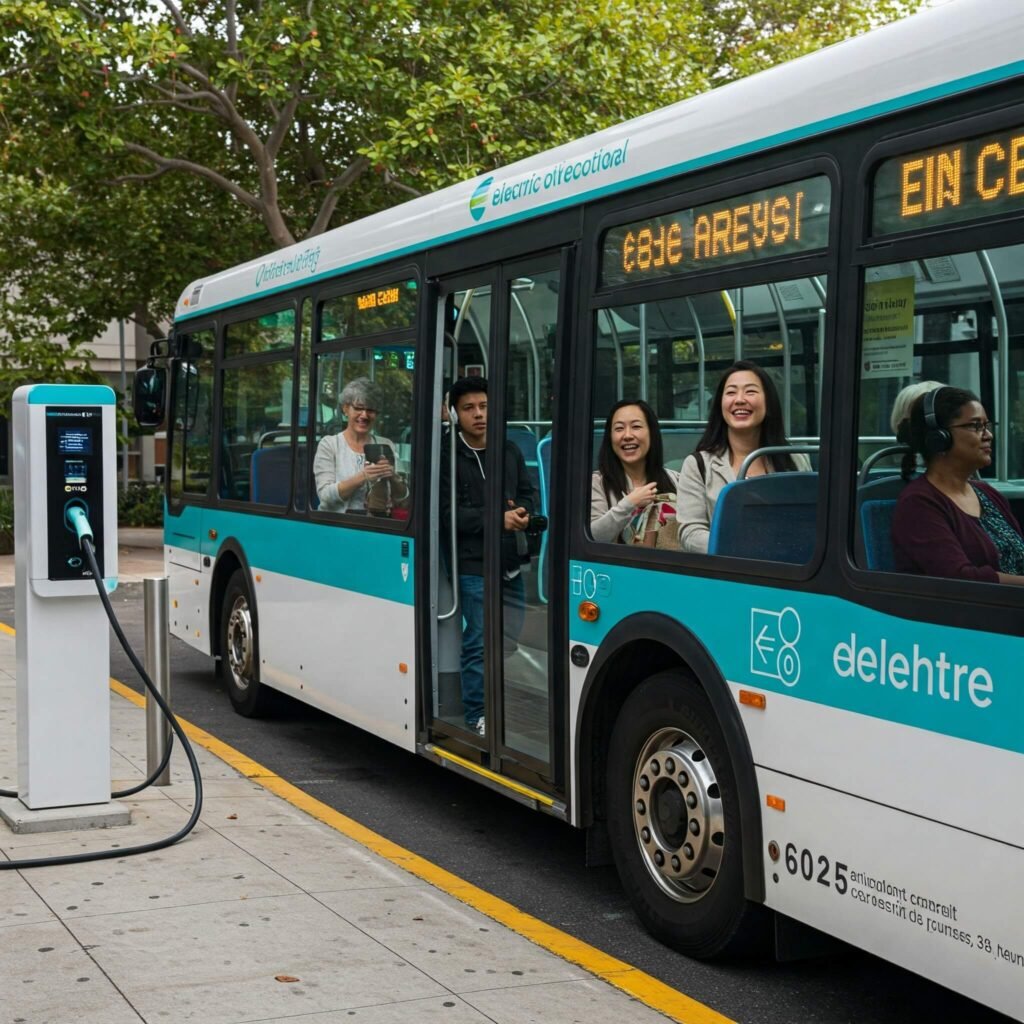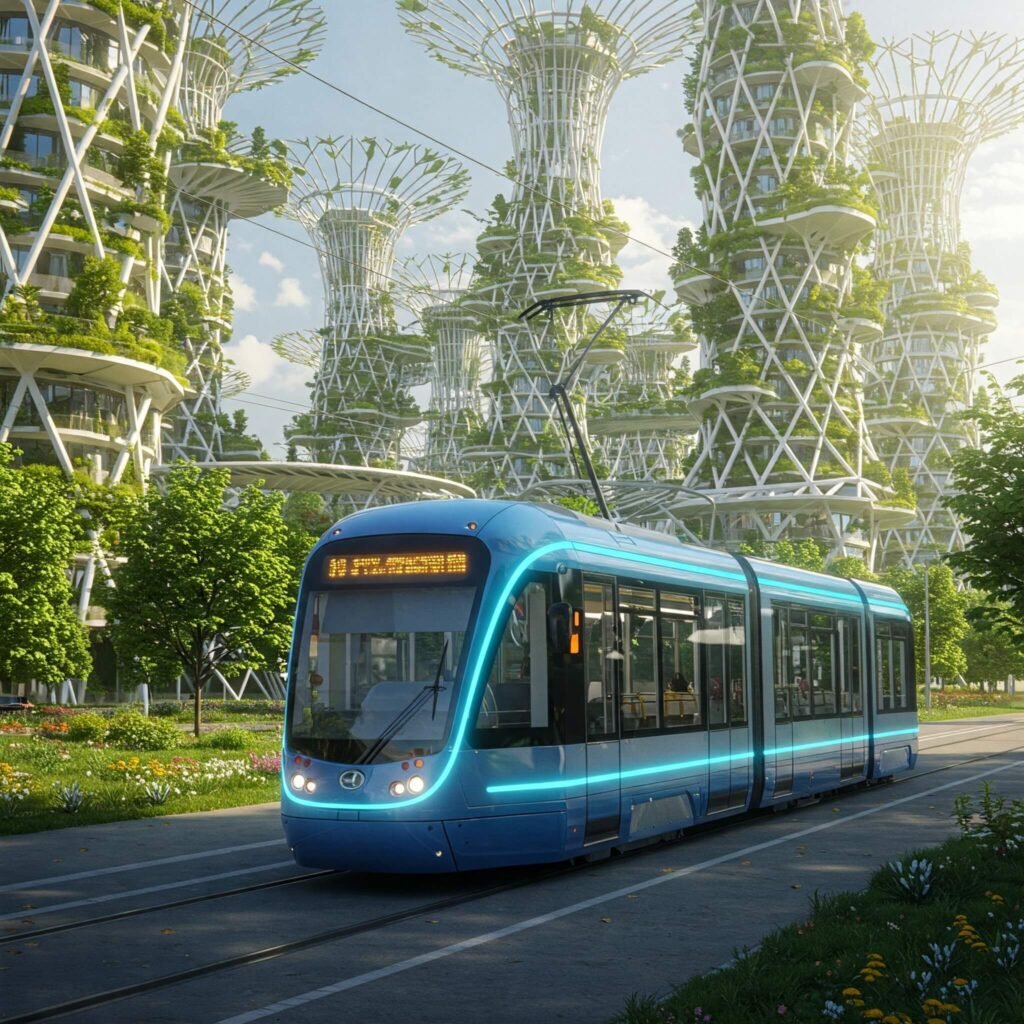Conscious travelers increasingly seek ways to minimize their environmental impact. They often focus on plant-based meals and reusable water bottles. However, a true champion in eco travel often goes unnoticed: public transport. From city buses to intercity trains, these shared modes help create sustainable travel. Therefore, let’s explore why public transport is the unsung hero of our eco-conscious journeys.
Why Public Transport is a Game-Changer for Eco Travel
Choosing public transport over private vehicles offers many environmental benefits. This makes it key for eco travel. Firstly, consider the significant reduction in carbon emissions. Buses, trains, and trams carry many passengers at once. This drastically lowers the per-person carbon footprint compared to individual cars. To illustrate, a full bus versus thirty cars shows a huge difference in emissions! Secondly, shared transport alleviates traffic congestion. More people using public transport means fewer cars on roads. Consequently, this reduces harmful emissions from idling engines. It also eases traffic, making commutes smoother and less fuel-intensive. Furthermore, air and noise pollution decrease noticeably. Fewer private vehicles mean cleaner urban air and less noise. This creates more livable and healthier environments. Finally, public transport allows for efficient land use. Building and maintaining vast road networks uses much land. In contrast, using existing public transport infrastructure is more land-efficient.

The Environmental Impact of Our Travel Choices
Our travel habits greatly impact the planet. Driving or flying for every trip adds significantly to greenhouse gas emissions. These emissions are a primary driver of climate change. Therefore, embracing public transport is a real step towards lessening these effects.
- Data-Driven Insights: Studies consistently show that long-distance train travel produces much less carbon dioxide per passenger-kilometer than flying or driving alone. For example, a European Environment Agency report highlights the large emission savings of rail over air travel on similar routes. [Outbound Reference Link to a reputable environmental agency or study on transport emissions, e.g., European Environment Agency (EEA) or the International Council on Clean Transportation (ICCT)].
- Real-World Example: Imagine ten friends traveling from Faridabad to Delhi. In this scenario, if each drives their own car, their collective emissions would be much higher than if they all took the Delhi Metro or a shared bus.
Making Public Transport Your Go-To for Eco Travel
Integrating public transport into your travel plans is quite easy. Firstly, plan ahead. Use online resources and apps to find public transport options at your destination. Indeed, many cities have detailed websites and mobile apps. These show routes, schedules, and ticket info. Secondly, embrace local options. From European trams to Southeast Asian rickshaws, local public transport often offers a unique and sustainable way to experience a new place. Thirdly, consider multi-modal travel. Combine public transport with eco-friendly options like cycling or walking. This lets you explore your surroundings. Importantly, many cities are becoming more bike-friendly and pedestrian-oriented. Finally, support sustainable initiatives. Choose destinations and tour operators that prioritize and promote public use.

The Future of Eco Travel and Public Transport
The future of eco travel is closely tied to the growth of transport. Specifically, innovations like electric buses and trains are key. Improved infrastructure and integrated ticketing systems are also important. These changes make transport more convenient and appealing.
- Actionable Takeaway: Explore the transport in your city. Make a conscious effort to use it for daily commutes and local travel. Remember, every small step makes a big difference.
- The Role of Technology: Smart city projects are linking transport with technology. This provides real-time info and optimizes routes. It also improves the passenger experience, thus encouraging more use.

Conclusion: Embracing the Unsung Hero
In conclusion, public is more than just a way to travel. It’s a powerful tool for eco travel. By choosing buses, trains, and trams, we greatly reduce our environmental impact. We also ease congestion and help create healthier, more sustainable communities. Therefore, let’s recognize transport as the unsung hero it is for a greener world.
































